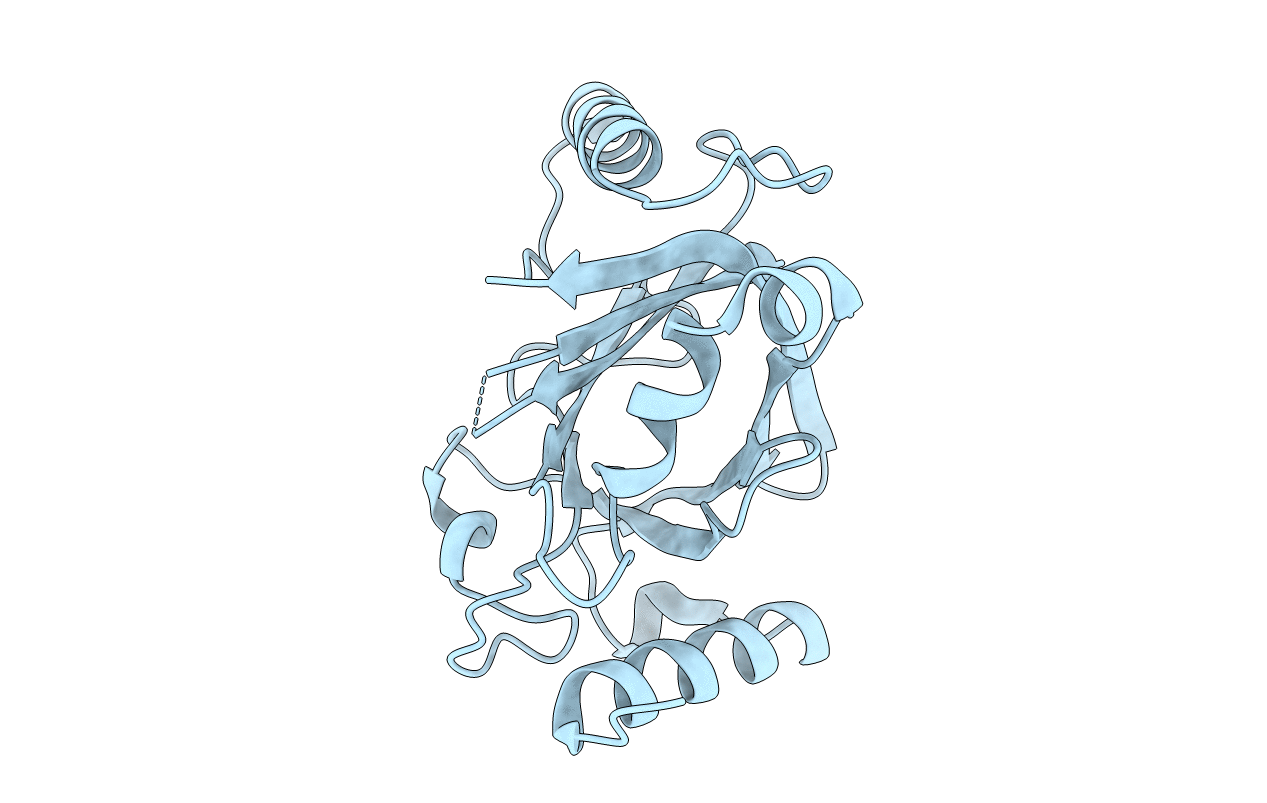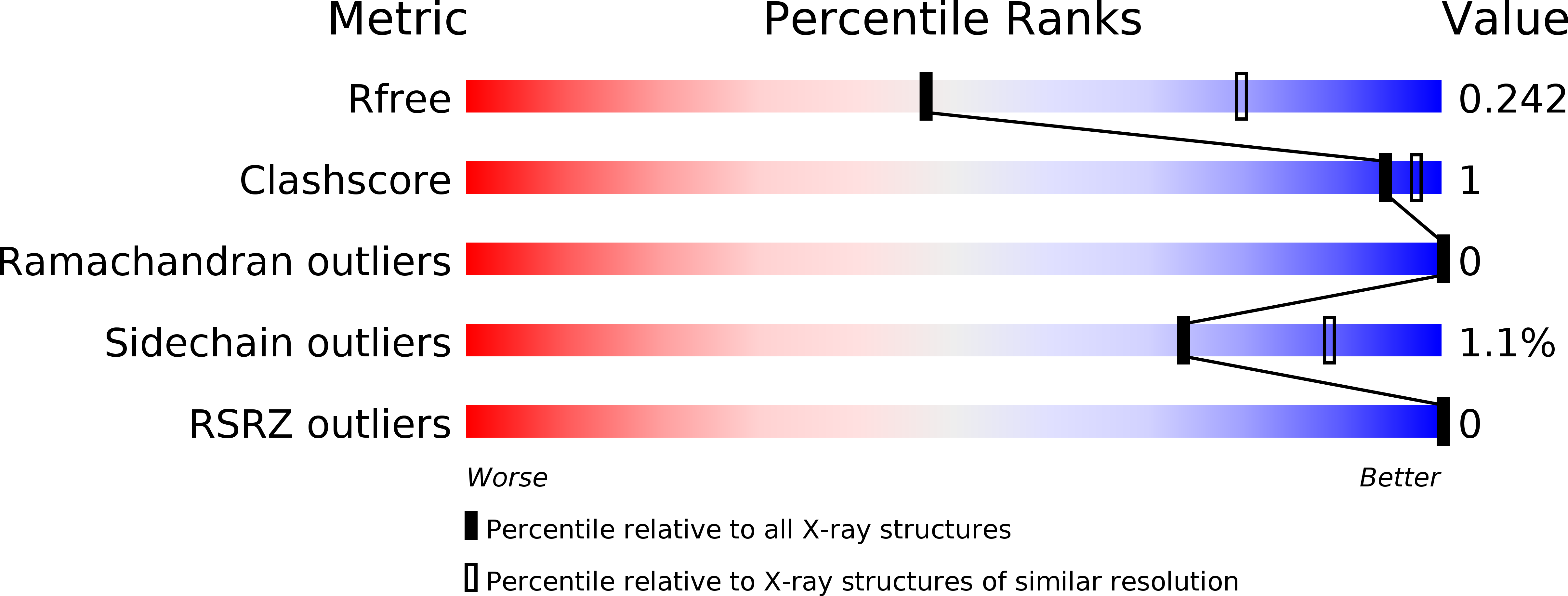
Deposition Date
2019-09-17
Release Date
2020-02-19
Last Version Date
2023-11-22
Entry Detail
PDB ID:
6KYC
Keywords:
Title:
Structure of the S207A mutant of Clostridium difficile sortase B
Biological Source:
Source Organism:
Peptoclostridium difficile 630 (Taxon ID: 272563)
Host Organism:
Method Details:
Experimental Method:
Resolution:
2.60 Å
R-Value Free:
0.24
R-Value Work:
0.21
R-Value Observed:
0.21
Space Group:
I 2 3


